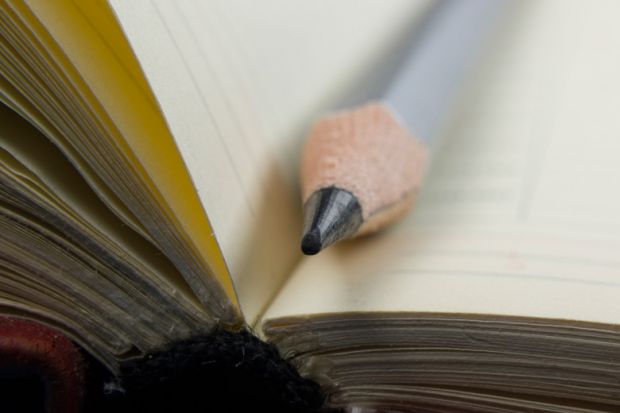That the everyday should be the stuff of great art seems no great revelation to most of us who are even faintly familiar with a night-lit Edward Hopper-esque bar or an archly ironic Andy Warhol-ish can of Campbell’s soup. The everyday is the stuff of experimental Modernist novels, too: it is Mrs Dalloway’s tense Westminster dinner party and Leopold Bloom taking a bath.
Unsurprisingly, both Woolf and Joyce surface with some frequency in Rachel Bowlby’s friendly new book, Everyday Stories, which argues for the place of the ordinary in “the field of representation”. Everyday stories, she asserts, “can also be something else”, citing how the realist turn in the art and literature of the 19th century presented the “ordinary daily lives, at home, or at work, of people from classes or regions” not previously represented. There is something both honourable and enriching in that idea, perhaps rather taken for granted now in our hazy general understanding of the period and lazy familiarity with the works produced in it. Bowlby’s book goes some way in reminding us of how radical a gesture this was and, in many ways, remains.
In a text arranged as a series of short essays, Bowlby assembles a constellation of favoured literary sources on a range of “everyday” subjects – commuting, keeping diaries and being single, among others – and ponders their significance. The challenge is that although the everyday as it is depicted in the hands of Franz Kafka, George Gissing, Charles Dickens and George Eliot is never dull, Bowlby’s book, in its documentation of that phenomenon, is at real risk of presenting secondary reflections never quite equal to the texts themselves. The success of the book hangs on her ability to read those texts with renewed attention and verve, and this it manages only sometimes. The literary history of commuting she traces thoughtfully through Dickens’ Wemmick in Great Expectations and Kafka’s Gregor in The Metamorphosis, awkwardly connecting this with a more recent news story about a notorious fare dodger in Stonegate, East Sussex in 2014 and her own commuting stories. It’s an interesting read, but what important insight might be at stake in the idea of the commuter remains unclear.
And yet perhaps the point is that there is no great insight or revelation to be had here; that the ordinary is, in fact, resolutely and irredeemably, ordinary. Bowlby keeps a tight rein on any impulse to elevate the everyday as the transcendent in disguise, trampling the temptation to fetishise reality as the location of a last, absolute truth. The fragmentary style of the book deters that kind of totalising judgement. Sometimes, however, it also stalls the extension of more thoughtful lines of enquiry, like that begun towards the end of the book in an evocative essay on “untold” stories. What happens, Bowlby enquires curiously, to those characters in a novel that “teeter on the verge of representational death”, like Scrope Purvis in Mrs Dalloway? These are the characters with the walk-on parts, no influence and barely more than a name, who only “muster a sort of half-life” and yet populate this everyday world so that it is utterly realised even as it is a fiction. It’s a wonderfully provocative speculation and a reminder of how exceptional, not everyday, Bowlby’s thinking is at its best.
Shahidha Bari is lecturer in Romanticism, Queen Mary University of London.
Everyday Stories: The Literary Agenda
By Rachel Bowlby
Oxford University Press, 208pp, £14.99
ISBN 9780198727699
Published 23 June 2016
POSTSCRIPT:
Print headline: Nobodies and their diaries
Register to continue
Why register?
- Registration is free and only takes a moment
- Once registered, you can read 3 articles a month
- Sign up for our newsletter
Subscribe
Or subscribe for unlimited access to:
- Unlimited access to news, views, insights & reviews
- Digital editions
- Digital access to THE’s university and college rankings analysis
Already registered or a current subscriber? Login




